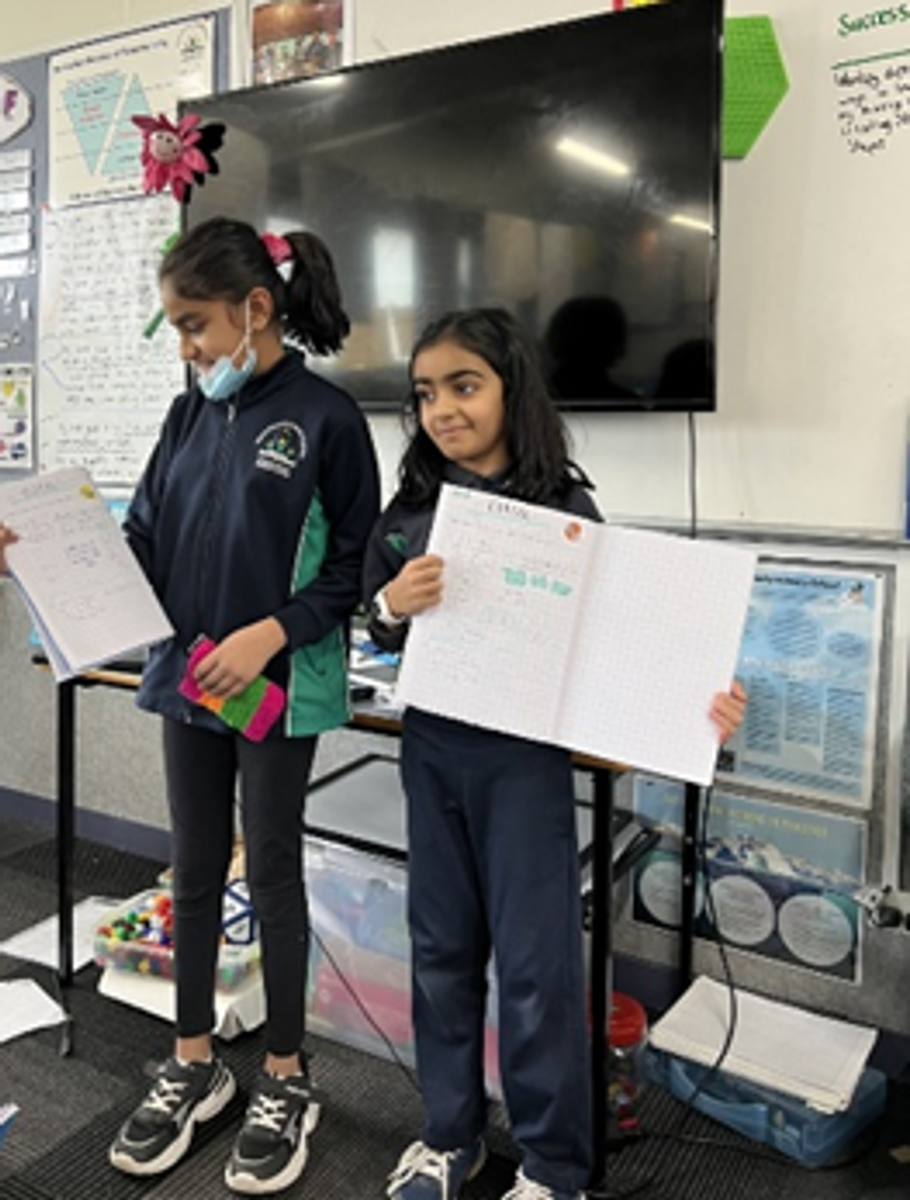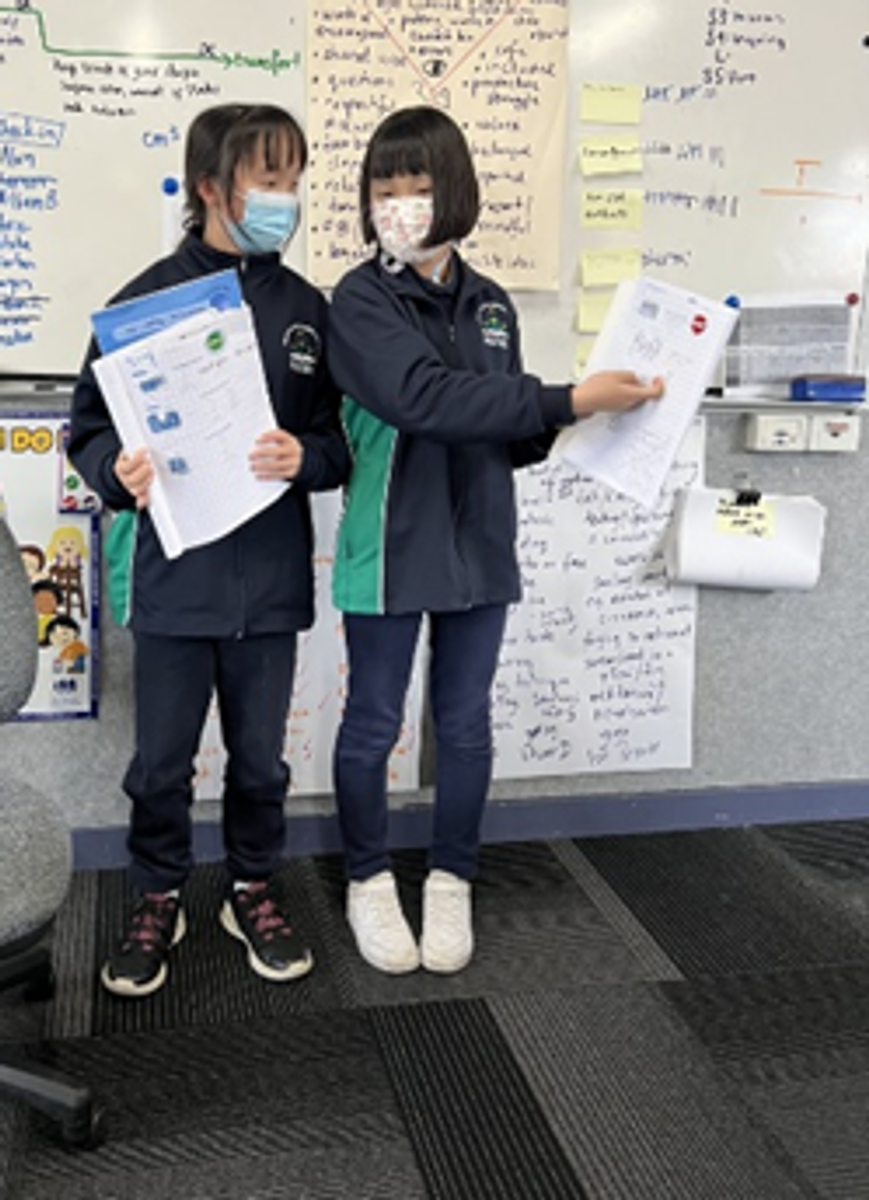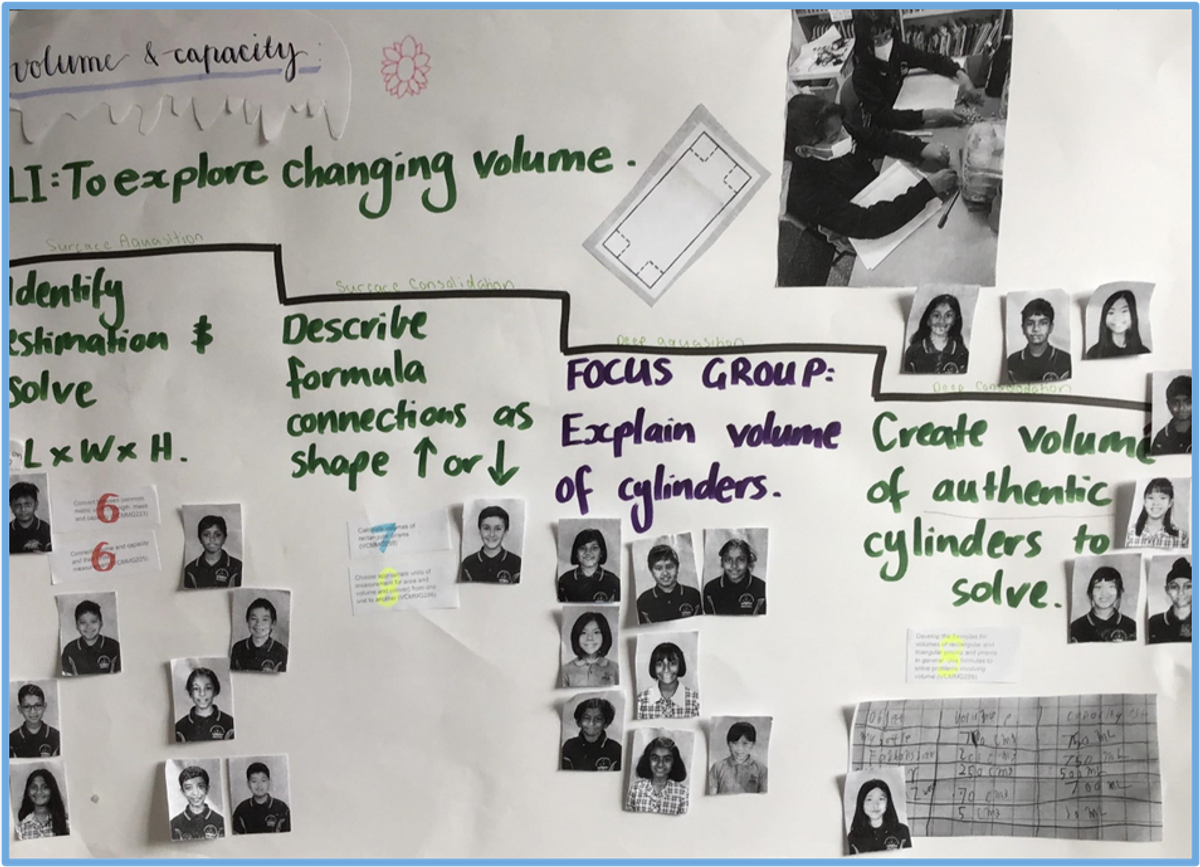Learning Volume and Capacity
This week in 5A we have been learning to use the Success Criteria to challenge our thinking. This is not unique; we see it across the school and so today we will share with you exactly HOW we apply it to our thinking in 5A.
Our focus over the last two weeks has been on Volume and Capacity. We have learners in our classroom learning at a Level 5 all the way up to Level 8 on the curriculum, so we utilised our Success Criteria to ensure we could choose our own personal challenge.
Our Learning Intention tells us what we set out to learn, it was:
To explore changing volume
Our Success Criteria is in steps, telling us the ‘cognitive skills’ that we need to achieve the Learning Intention (see photo).
We used photos of our faces and moved them up and down the Success Criteria to share accountability of our success.
Surface Acquisition
- Reyansh solved this step by estimating the dimensions of my cylinder (estimating and the radius and the length) and multiplying the r x pi and length and used step by step thinking and using my goal and finding key elements
- Max used the surface acquisition step to start, by estimating the complete volume of the cylinder plus the TSA (total surface area) of the cylinder.
Surface Consolidation
- Neev applied the skill of rounding numbers to make it accurate and efficient to find the total product of his cylinder
- Tanishi realised that a thick cylinder has a greater diameter, whereas a thin cylinder has a smaller diameter because of the size difference of the circle faces.
Deep Acquisition
- Snigda accurately calculated the volume of a cylinder by applying the formula V = Pi x radius x height (cm3) I used this formula while calculating the volume of a sanitiser bottle.
Deep Consolidation
- Miranda’s focus group shared that “(two peers and I) measured the dimensions of a water bottle and the sanitizer bottle which we found the volume of. We tracked the radius, diameter, and height which we used to calculate the volume of the bottle by using the formula Pi x radius x height.
- Mihika shared that she “measured the volume of a glue stick and a water bottle and found the volume. Some of the glue stick calculations were 1.5 x 11.5 and 75 + 150 + 150 and other calculations. All units were in cm cubed or millilitres.”








